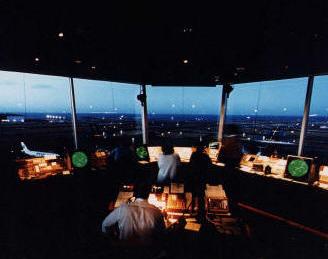 |
|
|
|
|
|
|||
|
By |
||||
 |
March 24, 2010 - Washington, DC - In an address to the National Air Traffic Controllers Association (NATCA) in Orlando on Tuesday, NTSB Chairman Deborah A.P. Hersman lauded controllers for their role in keeping the number of runway incursions low while challenging the Federal Aviation Administration to hasten the pace of its efforts to improve runway safety. Attributing the decline in runway related incidents and accidents in part to "robust procedures, safe designs, and well-trained and alert controllers and pilots," Hersman said that "we still have a lot of work to do," and that the FAA needs to move more aggressively to lower the risk of runway accidents.
|
|||
|
Citing an ongoing investigation of an incident in which a 767 landed on a taxiway in Atlanta in October, Hersman said that the NTSB took a strong interest in the event "because we want to know what led a professional flight crew to mistake a taxiway for a runway, whether the controllers could have detected the misaligned final approach to landing and intervened, and whether there are technological tools that can be used to prevent such incidents from ever occurring in the first place." Although no one was injured in the incident, Hersman said that "if this event had resulted in a fatal collision, there would be - far and wide - immediate and understandable calls for changes." Hersman also cited human fatigue as an area that the Safety Board has become particularly focused on, saying that "We are seeing fatigue as a causal or contributing factor in numerous accidents across all transportation modes." The NTSB has made recommendations to the FAA to set working hour limits for flight crews, aviation mechanics, and air traffic controllers, and has asked the FAA develop a fatigue awareness and countermeasures training program for controllers and those who schedule them for duty. |
||||
|
Recently, NATCA
and the FAA established a working group to collaboratively address the
human fatigue issues that the NTSB has identified. Hersman noted the
significance of this positive step by the leadership of both
organizations and called it a very encouraging development.
Concluding with an
invitation for air traffic controllers to participate in a three-day
forum on pilot and controller excellence that the NTSB will be holding
in |
| ?AvStop
Online Magazine
Contact
Us
Return To News
|
|
